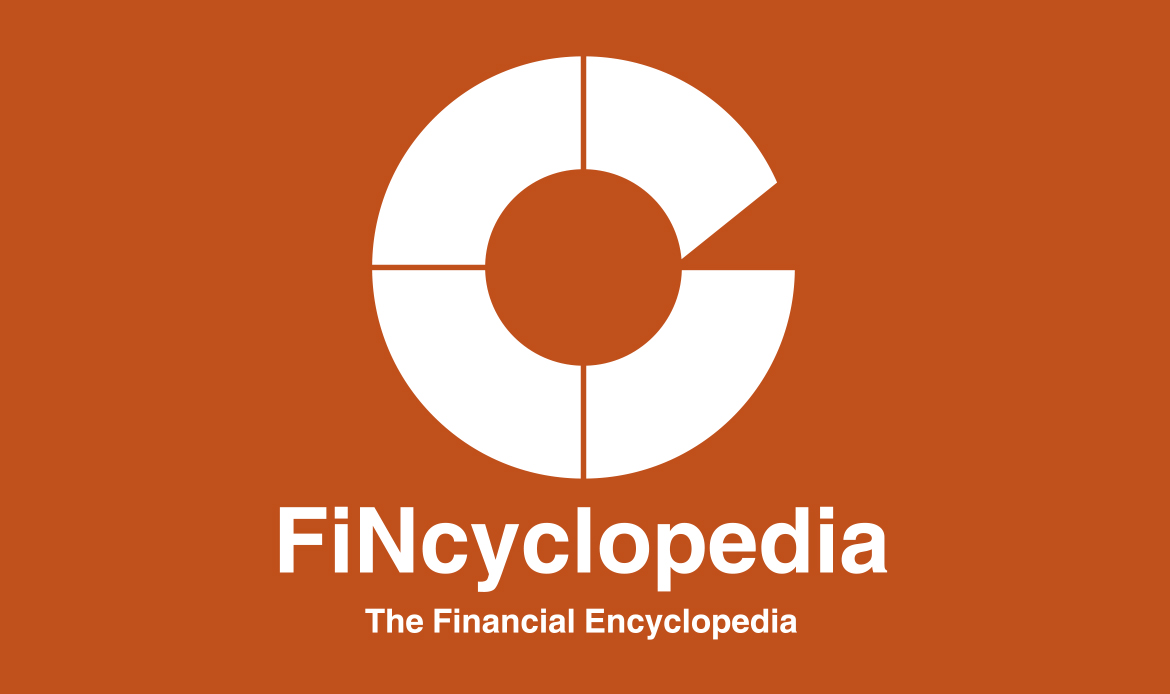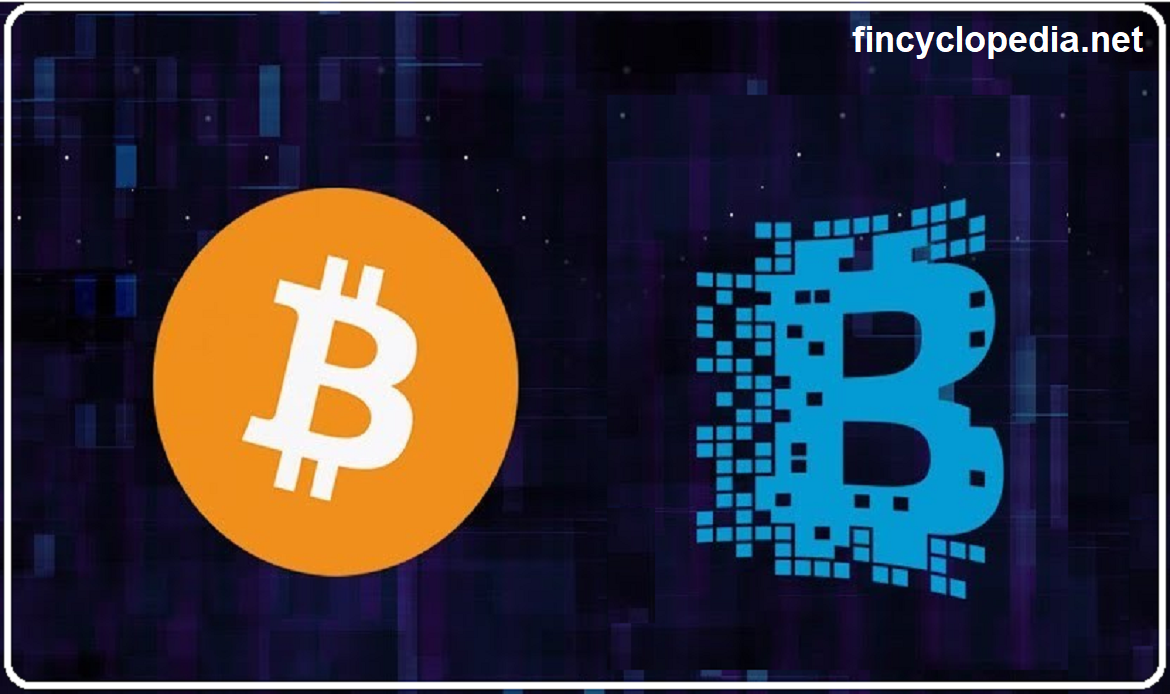The fair value of a stock index futures contract can be identified using arbitrage. At the beginning of the period in question, an investor buys a portfolio at market market P(0). At or before the end of the period, the investor receives a dividend (D), and then sells the portfolio at some price P(1). Alternatively, the investor could have a position in a stock index futures contract whose expiration coincides with the end of the single period. This transaction (buying a futures) requires no upfront expenses, as settlement will take place on expiration (however, the buyer will need to a margin amount with a broker). The payment receipt from each investment can be summarized in the following table:
| investment | cash flow at time (0) | cash flow at time (1) |
| first alternative | -P(0) | P(1)+D |
| second alternative | -[F(0)+D]* f(1,r) | [F(1)- F(0])+ [F(0)+D] |
Where f(1,r) is the discount factor with r as the interest rate and 1 is the single period.
In the second alternative, the cash flows consist of the profit (loss) on the futures plus the end value of the investment. The final return is equal to the futures value at maturity plus dividends. The cash flows of the first alternative are the portfolio value at the end plus dividends on equity holdings. Inherently, futures contracts converge to cash at expiration. Therefore: F(1) = P(1). The two investments have to be identical, in terms of payoff, due to arbitrage forces. This leads to:
At time (0): P(0) = [F(0) + D]/ (1+r), or
F(0) = P(0) (1+r) -D
This is the fair value of a stock index futures, i.e., the the futures price is the current value of the underlying index, supposed to be growing at prevailing interest rates, less any dividend paid on all stocks within the index.





